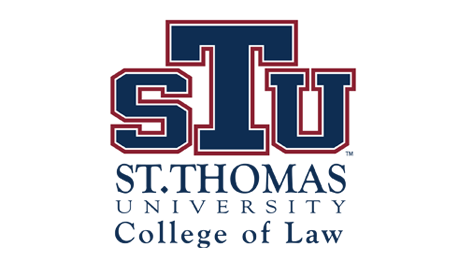Monetary And Regulatory Hobbling: The Acquisition of Real Property by Public Institutions of Higher Education in Florida
Document Type
Article
Publication Title
University of Miami Law Review
Abstract
"If you build it, he will come."' Protagonist Ray Kinsella, portrayed by Kevin Costner in the modern classic film Field of Dreams, heard an omnipotent voice make this statement. The voice compelled Kinsella to construct a baseball diamond in the middle of an Iowa cornfield. Field of Dreams recreated a nostalgic time when America's favorite pastime involved the love of the game and sportsmanship, rather than egos and endorsement dollars. A determined man funded and built a baseball diamond, completing the project in a relatively short period of time. Although Kinsella did not know specifically who was to come, he remained committed to the project and believed in its purpose. When he completed the baseball diamond, something amazing happened. "He," Kinsella's father, did come, along with some of the greatest players to ever play the sport. Kinsella demonstrated what may happen when a person adheres to his dream without hesitation. If the scene's geography were changed from a farm in Iowa to a public university or community college in Florida, and the protagonist changed from Kinsella to the president of one of those institutions, then the protagonist's response might be something quite different. Rather than building a large-scale project with funding and construction completed in a short period of time, the president's response may sound something like, "He can't come, because we can't build it any time soon." The president's response would reflect the frustration and difficulties encountered by those who seek to acquire land and build new facilities, both in a timely manner and at a competitive price, for Florida's community colleges and state universities. "He" refers to a real person in our community, who would benefit greatly from a community college or university's new facilities. This person may be a student seeking a high-quality, reasonably priced undergraduate or graduate level education; a student with career ambitions requiring a two-year, career-specific Associate in Science degree or technical certificate; a worker requiring job retraining to upgrade his or her skills or prepare for a new career; or, a prospective employee needing entry-level technical job skills. Post-secondary education plays an important role in helping many real-Ife people attain their real-life dreams. The objective of this article is to begin the search for ways to enable Florida's public institutions of higher education to acquire real property at prices that make the most cost-effective use of public funds, and to complete acquisitions in a timely manner so that the institutions can meet their needs to serve students. It is my contention that two elements impede this objective. First, funding for land acquisition and educational facility construction is insufficient to meet the reasonable needs of Florida's public universities and community colleges for land and buildings. Second, the current process of identifying the need for real property and obtaining the authorization and funding for acquisitions is too slow and cumbersome. This element generally places institutions in a disadvantageous bargaining position and also prevents them from moving quickly when a good purchasing opportunity arises. Funding is the more critical of the two problems. Even if the inherently problematic process was addressed, state funding for the capital outlay projects of public higher education is so scarce that the institutions would be unable to meet students' needs. The problematic process exacerbates the financial situation by raising the cost of projects. Moreover, the delays caused by insufficient funding also tend to increase the cost of projects because the price of land and construction tend to increase over time. These problems existed before the economic slump of the early 2000's. Florida's current economic plight compounds an already extant situation. Students need post-secondary education now. They should not have to wait for a better economy. Moreover, an educated populace and a well-trained workforce are key to the economic growth of an area. We must provide educational facilities and the land on which to build those facilities in a timely, cost-effective manner. We cannot simply wait until the economy changes and the Legislature appropriates adequate funds. This article provides insight into the nature of the problems, and then suggests some solutions. Some of these suggestions are interim measures until the Florida Legislature provides adequate funding. Others could assist in achieving a long-term solution. The article also suggests a number of solutions to the overly cumbersome process. These recommendations will prove beneficial even after, or if, the adequacy of funding is addressed. This article examines and critiques the land acquisition process from the perspective of the public institutions of higher education in order to identify the issues that interfere with the institutions' ability to achieve efficient, costeffective results in real estate acquisitions. The article begins by examining the problems in the process. First, for purposes of comparison, this article describes a "typical" real estate acquisition by a commercial business enterprise. Second, it describes the public higher education transaction, including the statutory and regulatory processes that govern decisionmaking, obtaining authority and funding for the acquisition, as well as the limited financing options. Third, the article pinpoints problematic issues in transactions of the public institutions of higher education. Finally, the article identifies possible solutions for both the process and funding issues. It also analyzes the legal and policy ramifications to identify and recommend those solutions most worthy of further study.
First Page
103
Last Page
168
Publication Date
2004
Recommended Citation
Carol L. Zeiner, Monetary and Regulatory Hobbling: The Acquisition of Real Property by Public Institutions of Higher Education in Florida, 12 U. MIAMI Bus. L. REV. 103 (2004).

